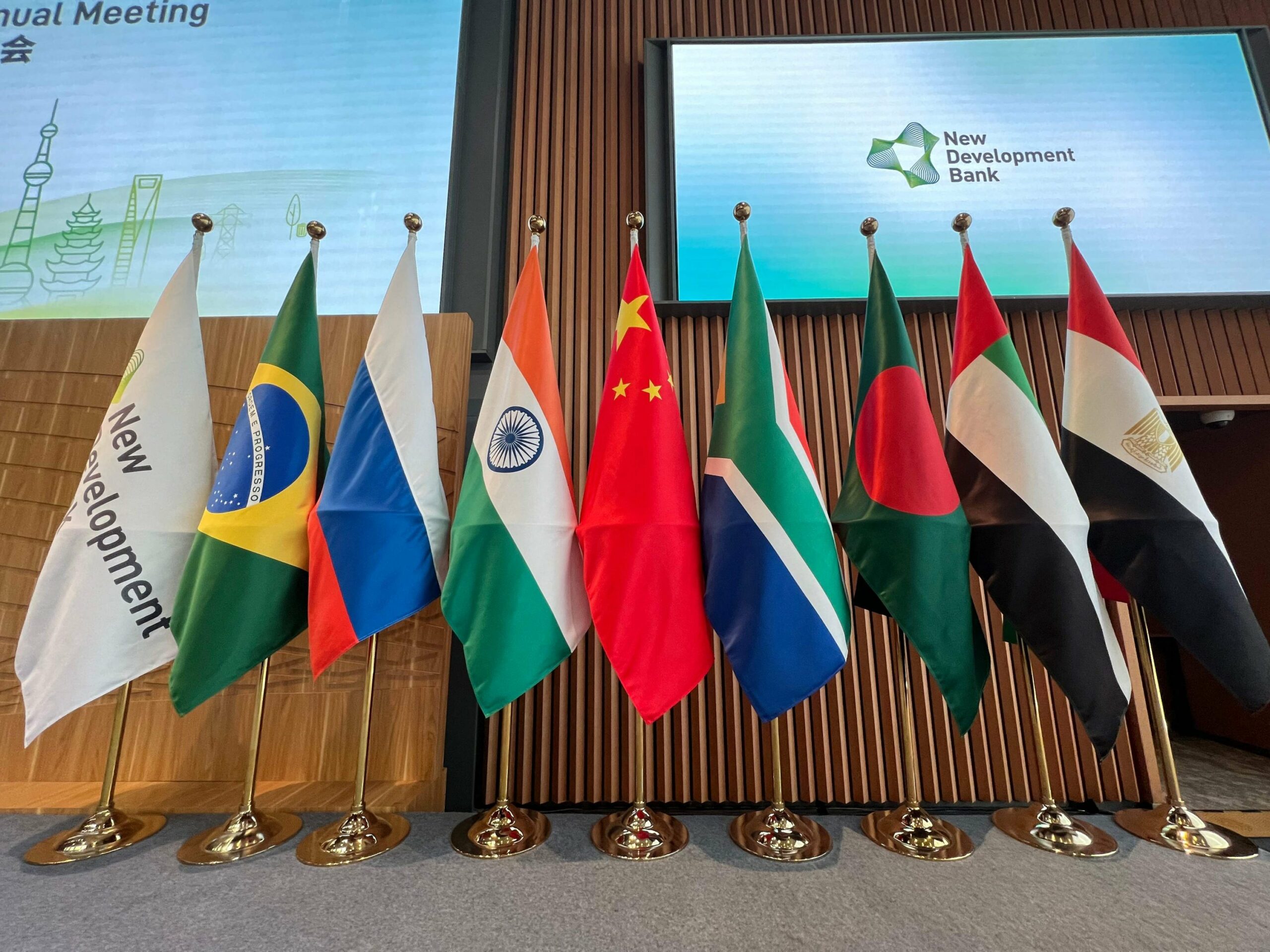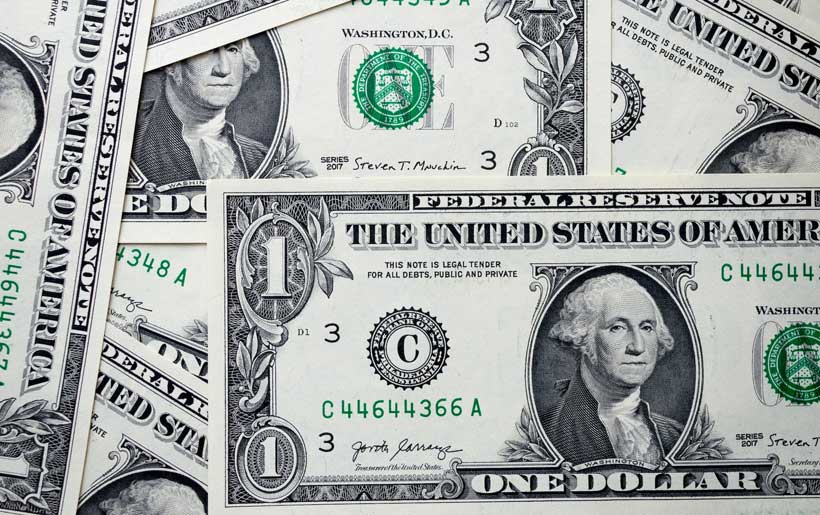Egypt, Saudi Arabia, and the UAE were among six countries invited to become members of the BRICS group of developing nations in its first expansion since 2010. The membership should take effect from January 1, 2024, South African President Cyril Ramaphosa said at a joint briefing with the group’s other leaders in August.
 The move was said to have the potential to pave the way for interested countries to align with a coalition committed to supporting the interests of the “Global South.” Chinese President Xi Jinping described the expansion of BRICS as a historic event and a new starting point for cooperation among developing nations.
The move was said to have the potential to pave the way for interested countries to align with a coalition committed to supporting the interests of the “Global South.” Chinese President Xi Jinping described the expansion of BRICS as a historic event and a new starting point for cooperation among developing nations.
As the BRICS aims to build an alternative to an international system hinged on US hegemony, here are some key facts about the bloc and its members.
What’s BRICS?
BRICS, a consensus-based organization, was founded in 2009 by Brazil, Russia, India, and China. The acronym BRIC, which did not initially include South Africa, was coined in 2001 by then Goldman Sachs chief economist Jim O’Neill in a research paper. South Africa joined the group one year later, and an ‘S’ was added to the BRIC acronym.
O’Neill stressed at the time how the four economies — Brazil, Russia, India, and China — could collectively become a global economic force in the coming decade.
The heads of state and government of the member nations meet annually, with each member taking up a one-year rotating chairmanship of the group.
However, the bloc is not yet a formal multilateral organization like the United Nations, World Bank, or the Organization of the Petroleum Exporting Countries (OPEC).
The group was set up to provide a platform for its members to challenge a world order dominated by the US and its Western allies. Apart from geopolitics, its focus includes economic cooperation and increasing multilateral trade and development.
The member countries are bound by a shared urge to restructure the US-led global political, economic, and financial systems to be “fair, balanced, and representative.”
The bloc represents around 40-42% of the world’s population and contributes more than a quarter of the global gross domestic product (GDP), with that set to increase, according to media reports.
China is said to be largely driving the push for expansion with the backing of Russia and South Africa. Its creation was initiated by Moscow.
Bloc strategy
The economic bloc, which has yet to disclose its membership criteria, is seeking more weight in international institutions.
A meaningful BRICS achievement was the creation of the New Development Bank in 2015, a multilateral development bank with $50 billion (€45.6 billion) in subscribed capital to fund infrastructure and climate-related projects in developing countries. It already includes BRICS members as well as Bangladesh, Egypt, and the UAE among its shareholders.
The bank has so far given the nod to more than $30 billion worth of loans since its inception. By comparison, the World Bank committed more than $100 billion in 2022 alone.
“Expanding BRICS and therefore membership of the NDB matters,” Charlie Robertson, head of macro strategy at emerging-market investment firm FIM Partners, told Bloomberg in August. “Whether it is Saudi or UAE injecting capital, or Egypt, Argentina, Ethiopia, and probably Iran drawing on that capital, the bank has been a welcome addition to the global financial architecture.”
The BRICS have also set up a $100 billion Contingency Reserve Arrangement, a foreign currency liquidity facility to which members can resort during global financial troubles.
An expanded BRICS would mean more say for the alliance in world affairs and may lead to a different type of global economy, according to Bloomberg Economics. That’s because, compared to the Group of Seven, the BRICS are less market-oriented.
On the investments front, the bloc has seen annual foreign direct investment (FDI) inflows more than quadruple from 2001 to 2021. Intra-BRICS investment, however, is still subdued, making up less than 5% of their total FDI stock as a bloc in 2020, according to the United Nations Conference on Trade and Development.
A possible alternative currency
 With most of the world’s energy trade taking place in dollars, the BRICS expansion could also boost its ability to push more trade to alternative currencies.
With most of the world’s energy trade taking place in dollars, the BRICS expansion could also boost its ability to push more trade to alternative currencies.
“A distinction should be drawn between the use of the US dollar as a trading currency, which may erode as many seek an alternative, and as a reserve currency, which almost no other country or group of countries have the size, institutional credibility, and freely convertible characteristics, to rival,” Hasnain Malik, a strategist at Tellimer in Dubai, Bloomberg reported in August.
The bloc is said to be pushing for building a common currency to shift away from the dollar and challenge its dominance.
Brazil’s President Luiz Inacio Lula da Silva made a proposal at a BRICS summit held in August to set up a common currency for trade and investment between each other. A BRICS currency “increases our payment options and reduces our vulnerabilities,” he told the summit’s opening plenary session, believing that nations that don’t use the dollar should be forced to trade in the currency.
Creating a BRICS currency would be a “political project,” South African central bank governor Lesetja Kganyago told a radio station in July. “If you want it, you’ll have to get a banking union, you’ll have to get a fiscal union, you’ve got to get macroeconomic convergence,” Kganyago said. “Importantly, you need a disciplining mechanism for the countries that fall out of line with it… Plus, they will need a common central bank… where does it get located?”
A BRICS currency isn’t seen to achieve the intended results any time soon. For now, the group is currently focusing on working towards using local currencies in trade between members, according to media reports.
BRICS leaders have said they want to use their national currencies more instead of the dollar. “The objective, irreversible process of de-dollarisation of our economic ties is gaining momentum,” Russian President Vladimir Putin told the BRICS summit in August.
The dollar currently dominates global trade until the BRICS plans come to fruition. According to the Bank of International Settlements Data, the greenback is on one side of almost 90% of global forex transactions.
